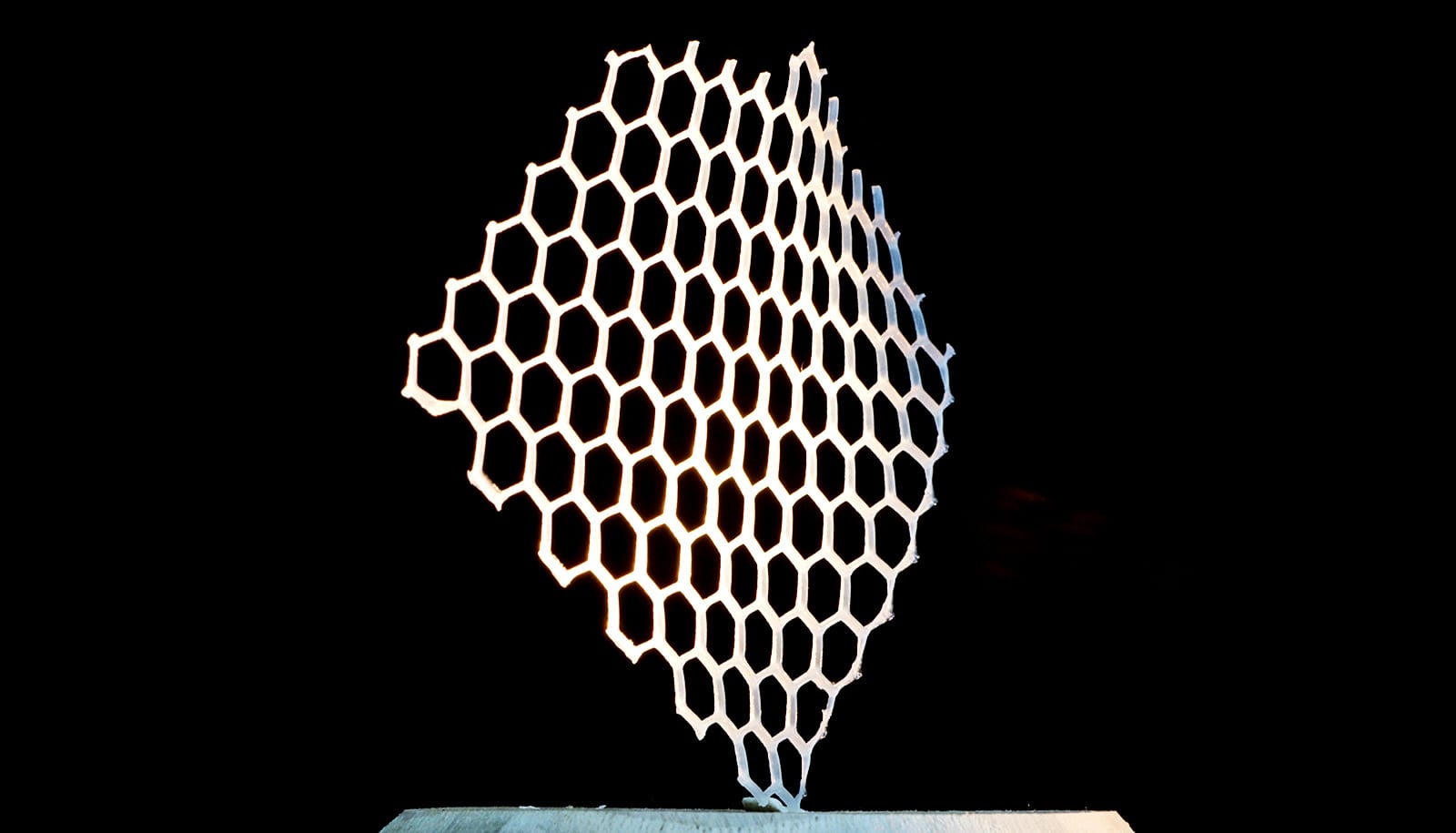Researchers have 3D printed complex objects with higher cellulose content than any other additively manufactured cellulose-based parts.
.
Trees and other plants lead the way: they produce cellulose themselves and use it to build complex structures with extraordinary mechanical properties. That makes cellulose attractive to materials scientists who are seeking to manufacture sustainable products with special functions.
.
However, processing materials into complex structures with high cellulose content is still a big challenge for materials scientists. Researchers from ETH Zurich and Empa have now found a way to process cellulose using 3D printing so as to create objects of almost unlimited complexity that contain high levels of cellulose particles. A 3D-printed ear cartilage imitation made of the cellulose composite material. (Credit: Michael Hausmann/ETH Zurich/Empa) To do this, they combined printing via direct ink writing (DIW) method with a subsequent densification process to increase the cellulose content of the printed […]
Case Study: How PepsiCo achieved 96% cost savings on tooling with 3D Printing Technology
Above: PepsiCo food, snack, and beverage product line-up/Source: PepsiCo PepsiCo turned to tooling with 3D printing...






























0 Comments